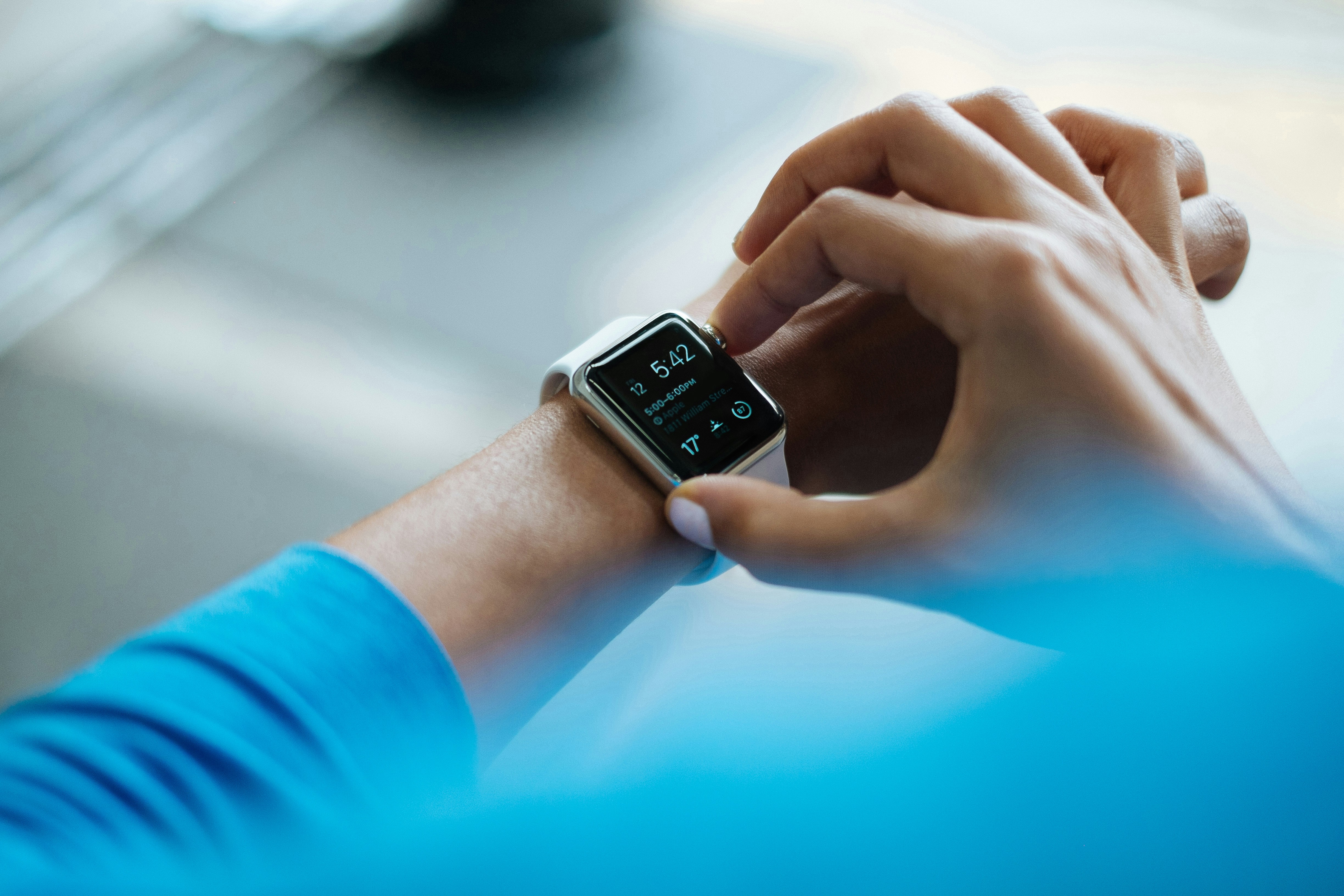Shaping Tomorrow: The Innovative Surge of Biometric Wearables
The realm of biometric wearables is expanding fast, revolutionizing our interaction with tech and healthcare. Which cutting-edge gadgets are making waves and what could their impacts be?

An Excursion into Biometric Wearables
Once upon a time, accessories did little more than make us look good. But that changed dramatically with the dawn of biometric wearables, ingenious devices capable of monitoring our vital statistics. Emerging in the 1970s as rudimentary heart rate monitors, they’ve evolved into powerful technological tools that record everything from sleep patterns to glucose levels, with ambitions of becoming central to personalized healthcare.
The Pioneers and The Present
Initial days of biometric wearables were dominated by basic fitness bands and smartwatches. However, with ongoing research and advancements, the industry today boasts a myriad of innovative devices. Moov’s sweat analyzing sensor, LVL, breaks new ground by giving detailed hydration feedback. OMsignal’s smart bra and shirt measure biometrics directly from your torso. Perhaps most intriguing is Vitali’s Wellness Bra, aimed at tracking stress levels and guiding the wearer to meditate.
The Currency of Innovation
Innovations aren’t limited to unique standalone products. Giants like Apple and Fitbit push boundaries with every refreshed product line. The Apple Watch Series 6, sports blood oxygen level detection, further broadening the health metrics spectrum. Similarly, Fitbit’s latest offering, the Fitbit 3, includes stress tracking, skin temperature variation, and oxygen saturation monitoring capabilities, making wellness more manageable than ever before.
Pricing, Performance, & Market Dynamics
Biometric wearables generally skew towards the pricey side—count on spending $100-$400 for a capable device. However, new entrants with competitive pricing strategies are disrupting the market. For instance, Xiaomi’s Mi Band retails at around $40 and packs in heart rate and sleep monitoring, putting pressure on premium brands. Experts predict the global biometric wearables market to reach $32.37 billion by 2026, underscoring the potential and growth these gadgets offer.
The Implications and The Future
Present advances in biometric wearables pave the way for a future where health predictions could preemptively address risks. Devices could alert us to conditions like sleep apnea or arrhythmia long before they would typically be diagnosed. Such advancements could make healthcare not just reactive, but predictively proactive.
So, as the biometric wearables market continues to innovate, we’ll see more than just cool gadgets. We’ll witness the reshaping of personal healthcare, bringing lifestyle, fitness, and wellbeing into a cohesive whole. As tech enthusiasts, we look forward to this future with open arms and open minds. Regardless of how much we thrill at the prospect of new technology, there is little more exciting than a gadget that can truly make life better. Welcome to the era of biometric wearables!




